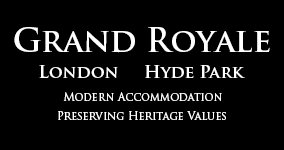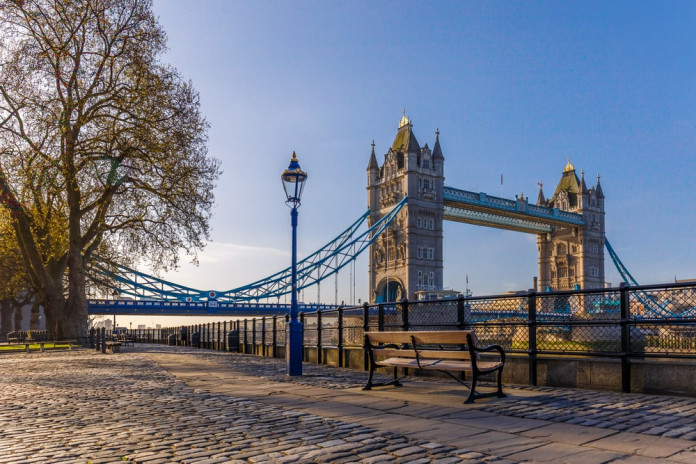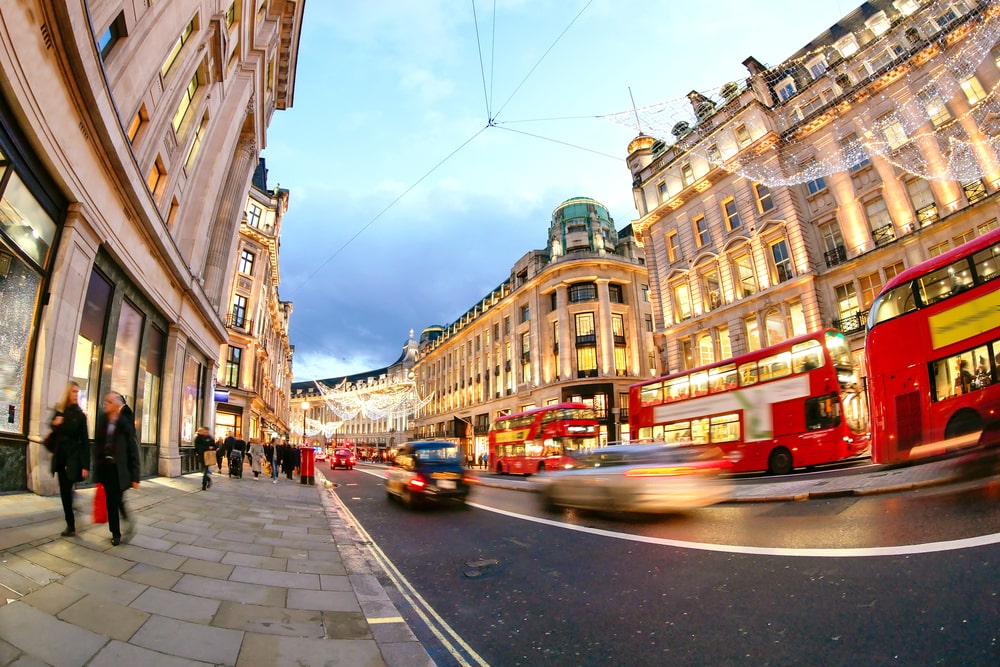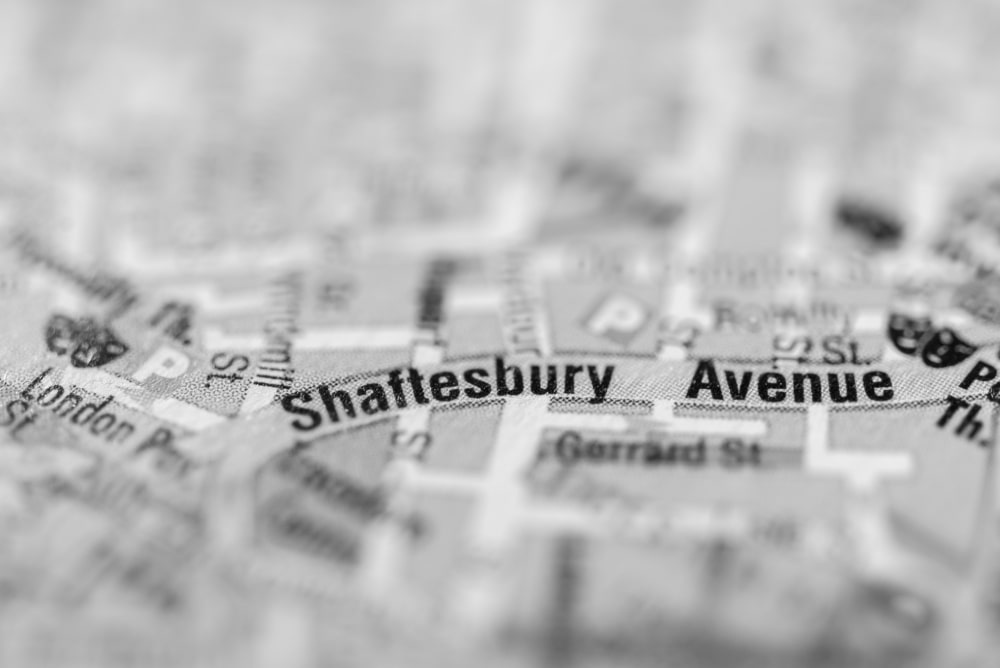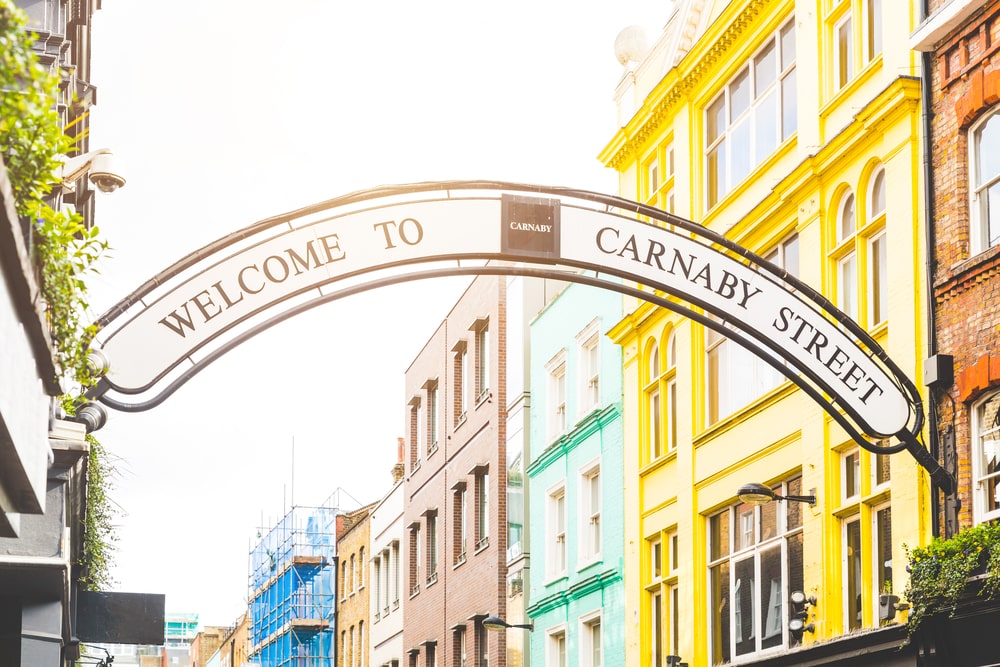As a city spanning almost 1500 square kilometres, you can hardly expect to visit every street in the city, but for a capital that has 32 boroughs, each with its own unique personality, it can be tempting to try. London is one of the most eclectic and diverse cities in Europe after all, and for many guests of hotels near Bayswater Station, it’s been on their city break bucket list for a long time.
Getting to grips with the city might take several visits. With each borough consisting of distinct districts, every part of London has a different character and energy. First time guests of Hyde Park accommodation may want to focus on just Westminster and the City of London, or on visiting cultural centres like the British Museum or the Tate Modern. That being said, a great way to get to know the character of London is by visiting some of its most famous streets.
From east to west, London’s long history has amassed a great many streets with stories to tell. This blog will explore some of the defining streets in London and how they will enrich your stay in the city.
Oxford Street
The busiest shopping street in Europe, Oxford Street is famous for its flagship brand stores and department shopping facilities, many of which have lived in the area for more than a century. Take Selfridges, probably one of the higher end shopping destinations on Oxford Street and the fact that it essentially shipped American shopping sensibilities to the UK. It even had a hit television drama made about it and its founder, Harry Selfridges.
Selfridge’s isn’t the only department store on Oxford Street that acts as an iconic London symbol, the flagship John Lewis store has been used as a location in the likes of Love Actually and is famed for its Christmas displays and advertising. Oxford Street then, has become the neon lit commercial heart of the city.
Shaftesbury Avenue
Not far from Oxford Street is the showbiz heart of London – the West End and its glamorous spine Shaftesbury Avenue. With many of its theatres being more than a century old, Shaftesbury Avenue’s West End theatres are home to musicals, dramas and dance shows, all of which draw in massive audiences each night. London is famed for its theatre scene, and Shaftesbury Avenue has been its epicentre since the 19th century.
The Mall
Built to match the ceremonial routes of other major cities such as Paris and Washington DC, the Mall, originally named Pall Mall, is a tree lined avenue that leads from Buckingham Palace alongside St James’s Park for 0.5 miles to Trafalgar Square. The Mall is synonymous with royal parades such as the annual Trooping of the Colour on June 10th, but is also famous for being the final stretch of the London Marathon. A walk down this triumphant road will provide visitors with a sense of London’s scale and the grandeur of the monarchy.
Kensington Row
Whether stopping off before your afternoon tea at Hyde Park hotels or giving the street a full day of your time, the trio of free-to-visit museums on Kensington Row dubbed “Museum Row” are amongst the best-loved cultural centres in the city. Built as part of Queen Victoria’s husband Prince Albert’s grand plan to elevate South Kensington into an educational district for the public, the Victoria & Albert Museum of Design, Natural History Museum and Science Museum are considered some of the best of their subjects.
All stemming from the overflowing collections of the British Museum and gradually divided up over the course of the Victorian era, each of the three museums have evolved to become unique, accessible and free-to-visit tourist attractions in London.
Carnaby Street
Another famous shopping street and not far from Oxford Circus, Carnaby Street is less known for large brands and more for boutique shopping. A thriving party scene during the “swinging sixties”, Carnaby Street still retains its colourful charm with a collection of homeware and fashion boutiques, as well as cafes that are well worth a nice cuppa in. If you’re visiting during the festive period, Carnaby Street is famed for its gaudily themed Christmas lights, embodying the magic of Mayfair and Central Westminster.
Portobello Road
Started in the 1940s by a group of traders specialising in bric-a-brac, Portobello Road Market in Notting Hill has probably become one of the most visited and photographed of London’s many trading districts. This is in part thanks to it being lined with photogenic terraced houses, all painted different colours and reflecting a sunny demeanour, even if it’s pouring with rain. The daily markets are well worth browsing too, changing each day to focus on antiques, homeware, arts, vintage fashion and bric-a-brac respectively.
Columbia Road
Keeping on the subject of markets, Columbia Road in the Bethnal Green area has been known for its flower market since the Victorian era and like Portobello, is lined with beautiful multicoloured terraced houses. The flower market itself runs every Sunday morning into early afternoon, so guests of the Grand Royale London Hyde Park should wake up bright and early to bag the best. What’s more, arriving early will mean you can see the flowers exploding the street with even more colour before they’re sold. Even after the flowers and houseplants sell out, the street remains buzzing with activity. During the rest of the week, you can enjoy a slate of cafes and traditional London boozers.
Brick Lane
The bustling heart of Shoreditch, Brick Lane is one of the best weekend shopping, cultural, and well, everything else streets in East London. Lined with curryhouses, vintage fashion stores, nightclubs and live music venues, Brick Lane offers a snapshot of the arts, culture and commerce of London, whilst also retaining its historic context. The street became a prominent part of Victorian London when slums, factories and warehouses began concentrating on the area.
With Ashkenazi Jews migrating to London for work in the 19th centuries alongside Irish immigrants, a Bangladeshi community began thriving in the area during the mid-20th century. Pair that diverse community with the street art scene, daily markets and nighttime economy of Brick Lane, and you have a true testament to the energy and excitement inherent in London.
